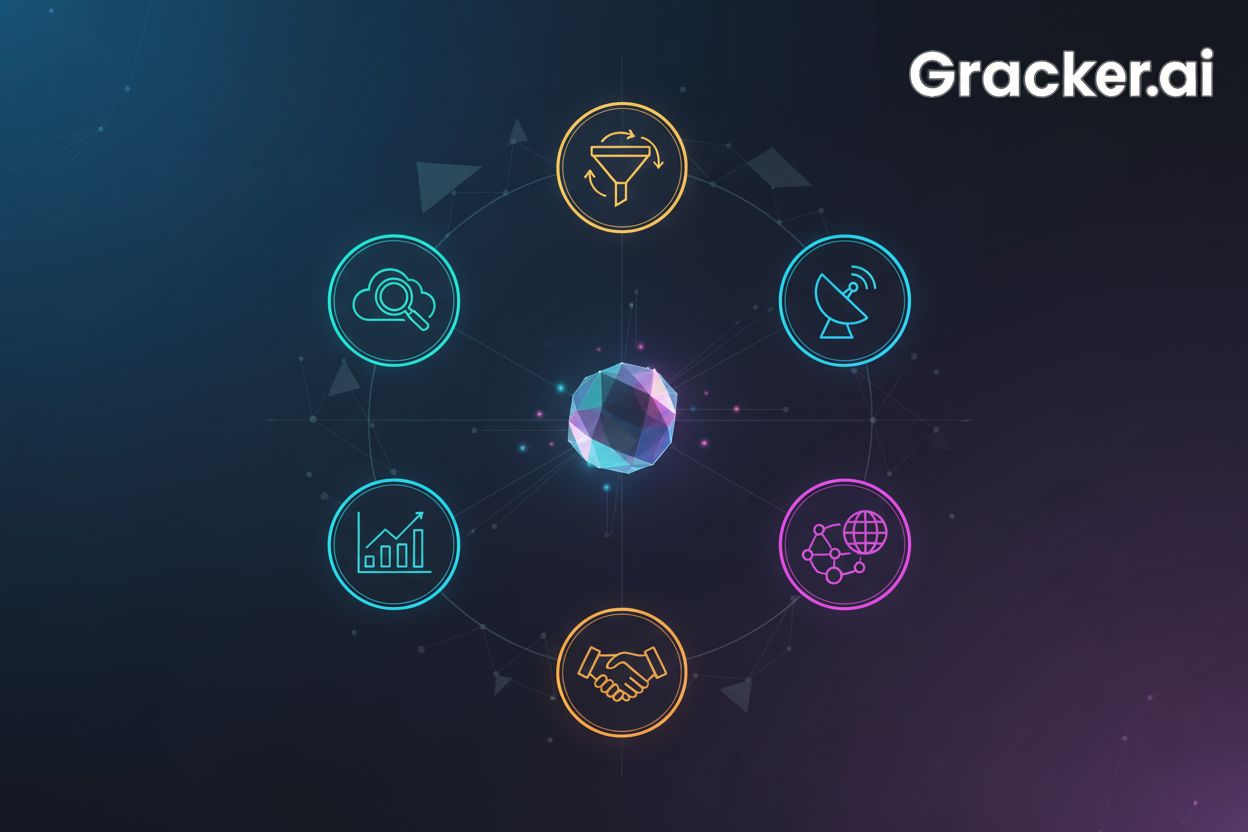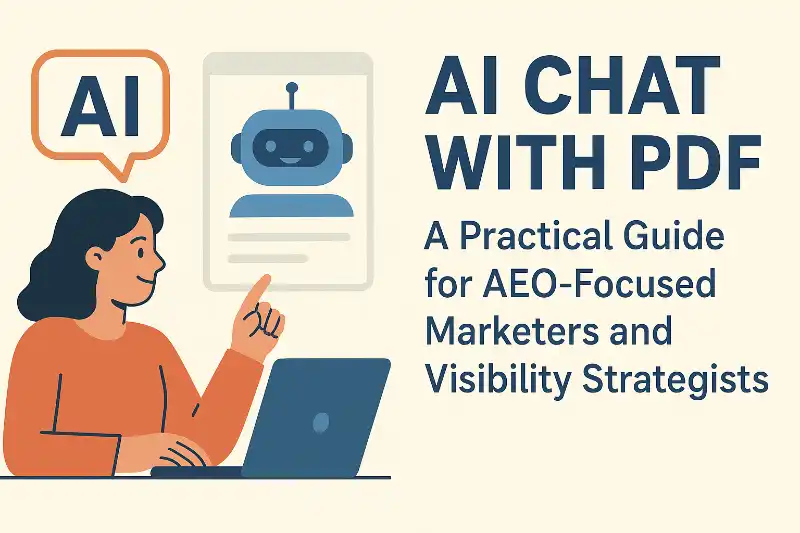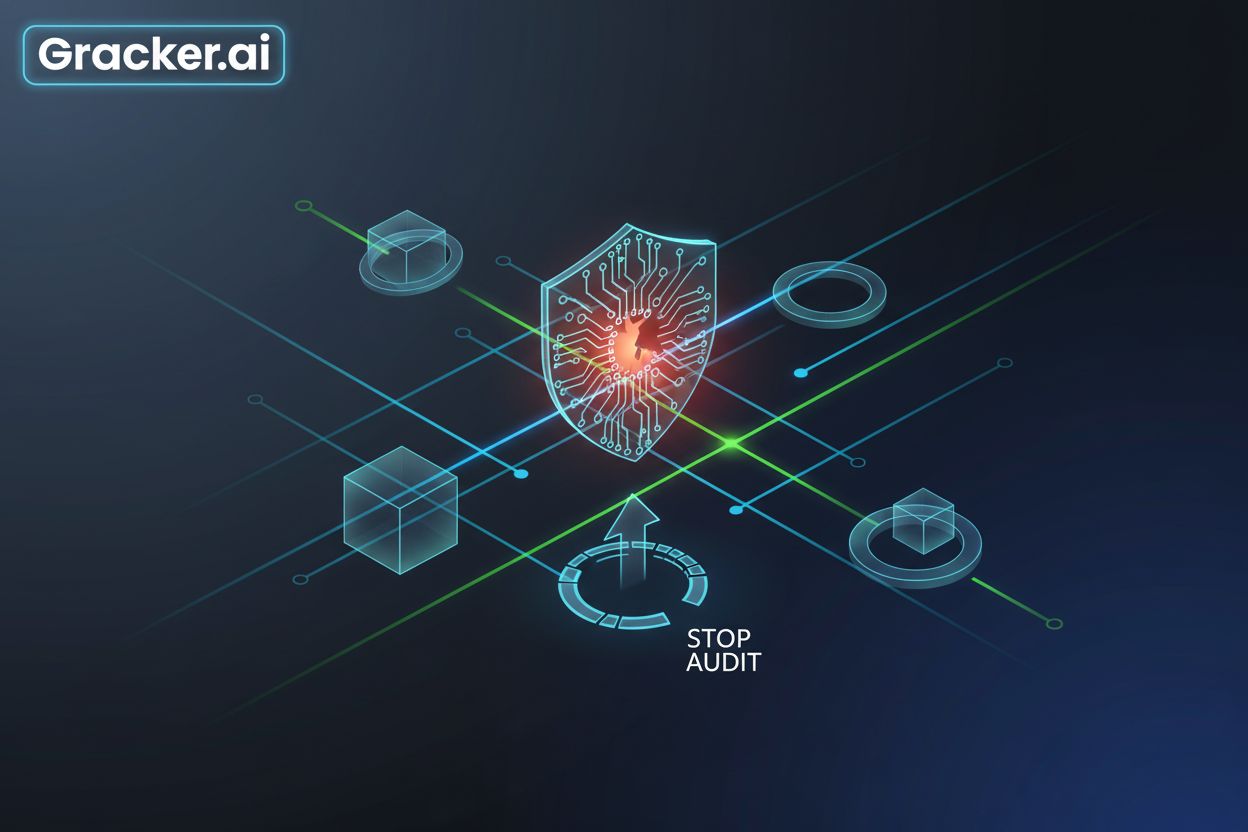'Slopsquatting' and Other New GenAI Cybersecurity Threats
As generative artificial intelligence develops, new threats are emerging, particularly in the realm of cybersecurity. One notable concern is slopsquatting, a term coined by Seth Larson, a security developer at the Python Software Foundation. This attack leverages the phenomenon of AI hallucinations, where generative AI models recommend non-existent software packages, leading to potential supply chain attacks. Researchers from the University of Texas at San Antonio, Virginia Tech, and the University of Oklahoma found that approximately 20% of the packages recommended by large language models (LLMs) are fakes. The reliance on centralized package repositories and open-source software exacerbates this risk. The implications are severe; if a hallucinated package becomes widely recommended and an attacker registers that name, the potential for widespread compromise is significant.
Threat Actors Can Exploit Hallucinated Names
The rise of slopsquatting presents a unique opportunity for malicious actors. According to the research, many developers trust the output of AI tools without rigorous validation, leaving them vulnerable. The models analyzed, including GPT-4 and CodeLlama, exhibited a range of hallucination rates, with CodeLlama generating over a third of its output as hallucinated packages.  The persistence of hallucinated packages is alarming; 43% of hallucinations reappeared consistently across multiple runs. This consistency increases their attractiveness to attackers, who can easily register these names and distribute malicious code. Developers are therefore advised to use tools like dependency scanners and runtime monitors to safeguard their projects.
The persistence of hallucinated packages is alarming; 43% of hallucinations reappeared consistently across multiple runs. This consistency increases their attractiveness to attackers, who can easily register these names and distribute malicious code. Developers are therefore advised to use tools like dependency scanners and runtime monitors to safeguard their projects.
Other GenAI Cyber Threats to Consider
Aside from slopsquatting, several other GenAI-related threats have surfaced. For instance, LLMs often overshare sensitive information when trained on internal data. As highlighted by Evron, a startup focused on this issue, “LLMs can’t keep a secret,” emphasizing the need for strict access controls. Organizations must ensure that LLMs do not inadvertently disclose personally identifiable information (PII) or other sensitive data. The report from Palo Alto Networks titled Securing GenAI: A Comprehensive Report on Prompt Attacks categorizes various attacks that manipulate AI systems into harmful actions. These threats underscore the necessity for organizations to adopt AI-driven countermeasures to protect their systems against evolving risks.
Slopsquatting: A New Form of Supply Chain Attack
Slopsquatting is not merely a theoretical threat; it represents a tangible risk that organizations must address. The combination of AI-generated recommendations and the lack of rigorous validation creates an environment ripe for exploitation. Security experts urge developers to proactively monitor dependencies and validate them before integrating them into their projects. The findings from the research indicate that the threat of slopsquatting is growing. Developers need to be vigilant, especially since many rely on AI-generated content without fully understanding the potential security implications.
Mitigation Strategies
To mitigate the risks associated with slopsquatting, organizations should implement comprehensive validation and verification processes. This includes using certified LLMs trained on trusted data and ensuring that AI-generated code is thoroughly reviewed. By identifying AI-generated portions of code, peer reviewers can evaluate these segments more critically. GrackerAI offers a solution for businesses looking to enhance their cybersecurity marketing strategies. By leveraging insights from emerging trends and threats, GrackerAI helps organizations create timely and relevant content. This AI-powered platform is designed to assist marketing teams in transforming security news into strategic opportunities, making it easier to monitor threats and respond effectively. For more information on how GrackerAI can help your organization navigate these challenges, visit GrackerAI.
Latest Cybersecurity Trends & Breaking News
Lazarus APT Targets South Korean Firms Zoom Exploits: Malware and Ransomware Threats





